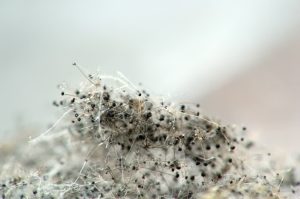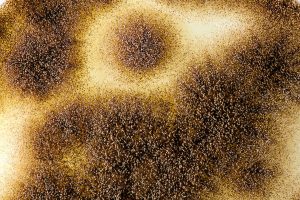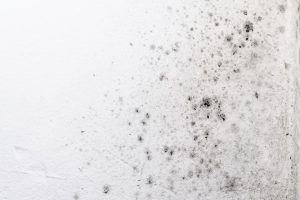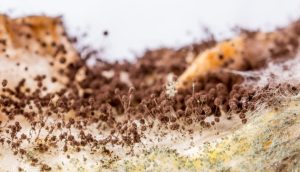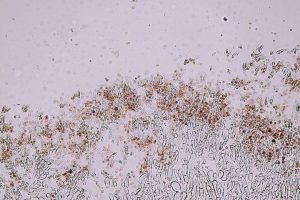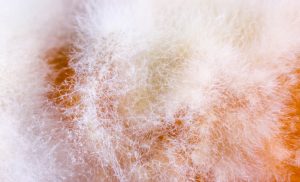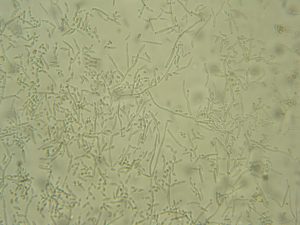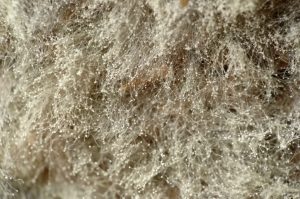The Different Types Of Household Mould Treatment
If you’re experiencing an out-of-control mould problem within your home, then you may need professional treatment. Mould is an issue that not only affects the bones of a building but can jeopardise its inhabitants as well. As a result, it’s important to seek expert assistance in the case of severe issues.
To help you identify potential mould, and the benefits that accompany expert treatments, we’ve created this useful overview.
The Different Types Of Household Mould
It’s estimated that there are between 2.2 and 3.8 million different species of fungi on our planet. Not only that but over 100,000 of these are species of mould that can occur in our habitat. With that in mind, it’s important to identify the most common ones, so you can hire a professional mould treatment service to assess, remove, and prevent future infestations.
Aspergillus
This is by far the most common household mould. It often thrives in bathrooms, and on substrates such as tile grout. Aspergillus is a black mould, and long-term inhalation of its spores is proven to cause respiratory problems. If you have excessive black mould in your home, we advise seeking professional treatment as soon as possible to avoid further health problems.
Penicillium
Penicillium thrives on all damp surfaces, and this is the danger of leaving it untreated. If you have an old building or a damp home, you could start to see a penicillium infestation. It’s also a black mould and is extremely virulent once it takes hold. Usually, it thrives on walls, carpets and wallpaper, and spreads rapidly. Fortunately, this kind of mould is mostly non-pathogenic. However, it is extremely dangerous to anyone who is immunocompromised. so we recommend professional mould treatment at the first sign of penicillium in the household.
Cladosporium
Cladosporium is another black mould. Like all species, it thrives in damp conditions and is regularly found in homes with poor ventilation and excessive moisture. Unlike aspergillus, it grows primarily on surfaces and fabrics and can often go undetected until it’s a full-blown infestation. It’s not extremely harmful in small amounts, however, excessive infections can cause allergic reactions and poor air quality.
How Mould Treatment Works
Mould treatment is a process and usually begins with an assessment. First of all, a skilled tradesman will inspect the property and identify the type of mould. After this, the infected areas will be dried and treatment will begin. The type of treatment depends on the level of infestation and the species. If it is mild, it can simply be a case of removing the mould with cleaning products and installing a ventilation system or damp proofing to prevent repeat infections. However, in the case of a severe mould problem, treatment can sometimes be the removal of plaster, carpets and fittings to eliminate established mycelium networks.
As a result, we advise professional mould treatment as soon as possible in order to prevent unnecessary and expensive work for removal.
Get In Touch With Orchard Preservations For Mould Treatment
At Orchard Preservations, we pride ourselves on customer satisfaction. Our team are individually trained and competent in the process of all mould treatment. Not only this but we’re equipped with the knowledge and top-of-the-line tools to help assess, remove and prevent all mould in a home. If you have any mould, dampness or woodworm issues, contact us today for a free quote.


